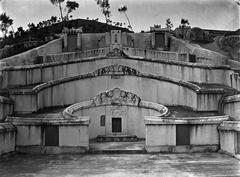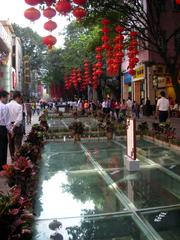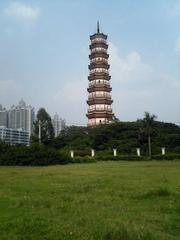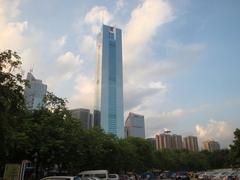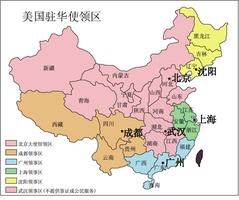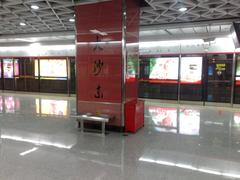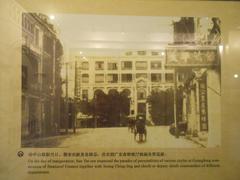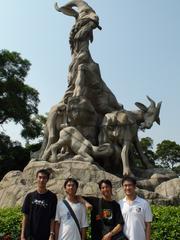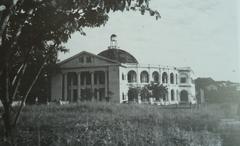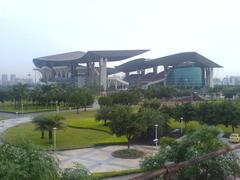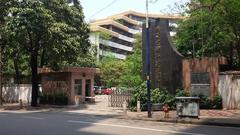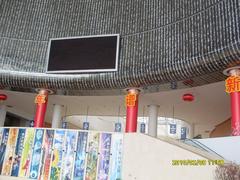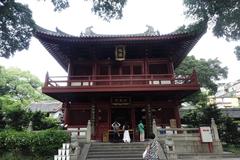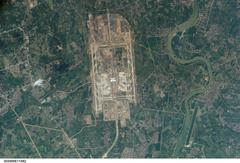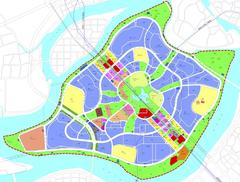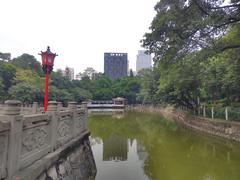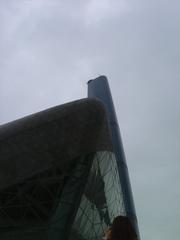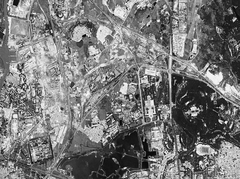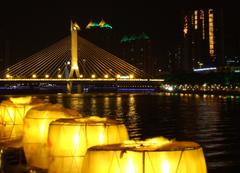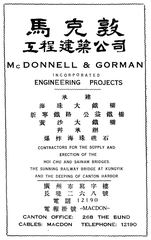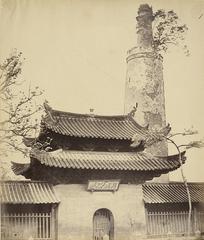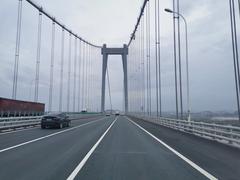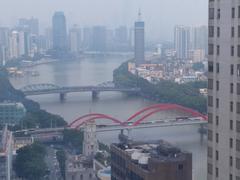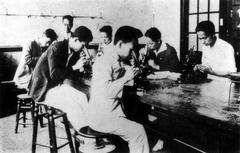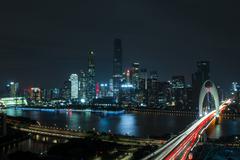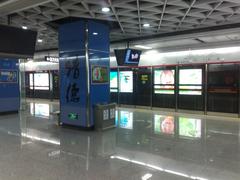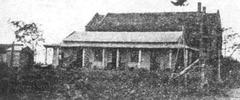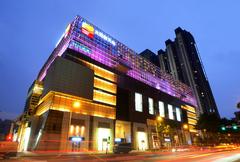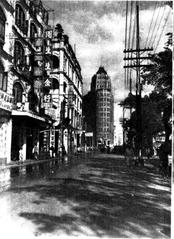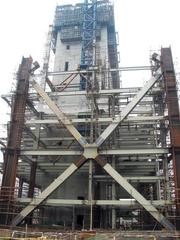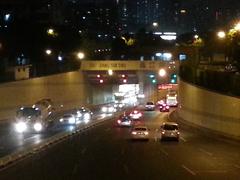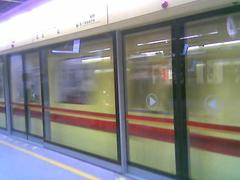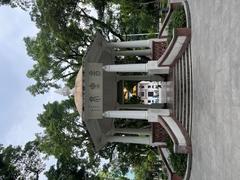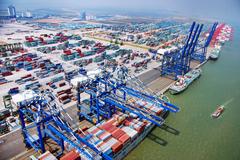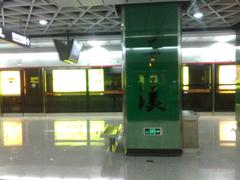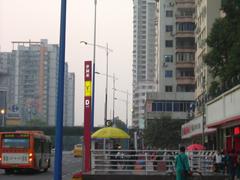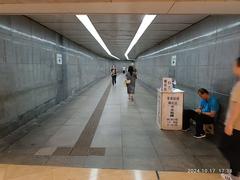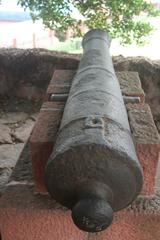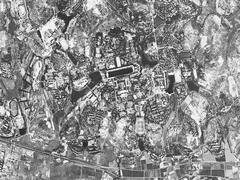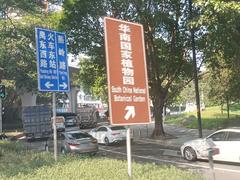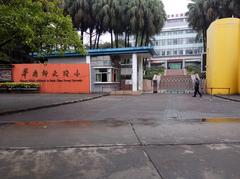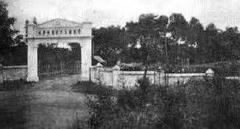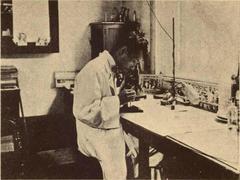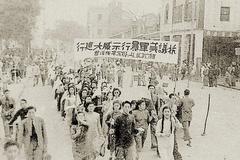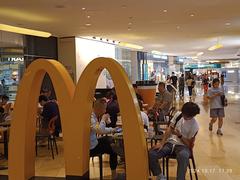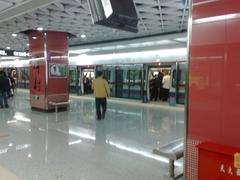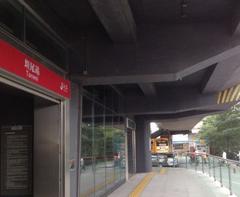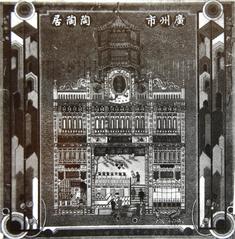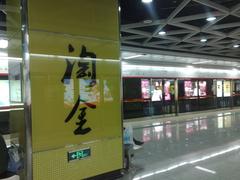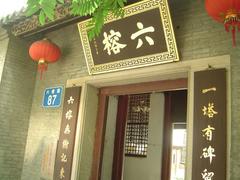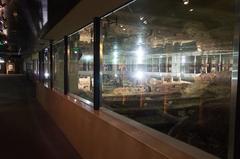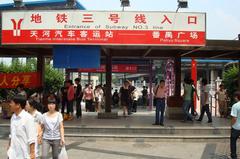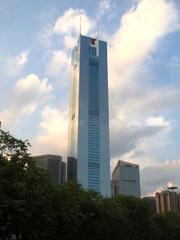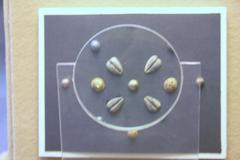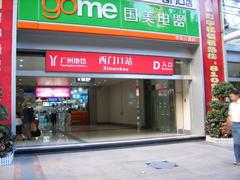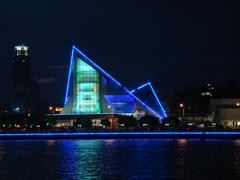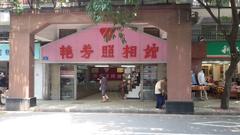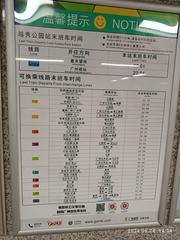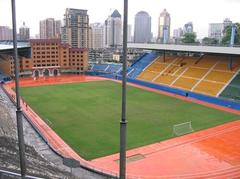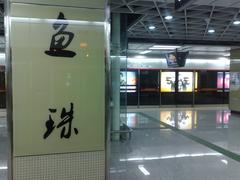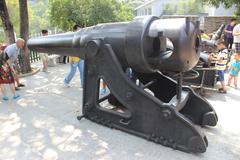Hedong Bridge: Visiting Hours, Tickets, and Attractions in Guangzhou
Date: 15/06/2025
Introduction to Hedong Bridge and Its Significance in Guangzhou
Hedong Bridge (鹤洞大桥) is a prominent cable-stayed bridge spanning the Pearl River in Guangzhou, China. Since its inauguration in 1998, the bridge has played a vital role in connecting the Liwan and Haizhu districts, facilitating the movement of approximately 130,000 vehicles daily, as well as countless pedestrians. This modern engineering marvel seamlessly integrates with Guangzhou’s rapid urban development, symbolizing both the city’s historical roots and contemporary progress.
The bridge is renowned for its elegant design, panoramic city and river views, and its role in Guangzhou’s iconic nighttime illumination—especially during festivals and special events. Open 24 hours a day with no entry fees, Hedong Bridge is easily accessible via metro, bus, taxi, and cycling routes, and is equipped with wheelchair-friendly access. Its proximity to top city attractions, such as Shamian Island, Haizhu Park, and the Pearl River cruise, makes it a must-visit for travelers and locals alike.
This comprehensive guide provides essential information on Hedong Bridge’s history, architecture, visitor logistics, travel tips, and nearby attractions, ensuring a memorable experience at one of Guangzhou’s most iconic landmarks. For official details and further insights, consult sources such as Wikipedia, the Haizhu Government Official Report, and Structurae.
Table of Contents
- Introduction
- Historical Background and Architectural Features
- Visitor Information
- Role in Urban and Cultural Landscape
- Transportation and Accessibility
- Nearby Attractions and Experiences
- Practical Tips for Visitors
- Frequently Asked Questions (FAQ)
- Conclusion
- Visuals and Media
- References
Historical Background and Architectural Features
Origins and Urban Context
Hedong Bridge was constructed during a period of intense urban expansion in Guangzhou in the late 1990s. Its primary purpose was to improve connectivity between the Liwan and Haizhu districts, two bustling and economically significant areas on opposite banks of the Pearl River. The bridge’s existence alleviated congestion from older crossings and enhanced the integration of the city’s historic core with rapidly developing neighborhoods (Wikipedia; Structurae; Haizhu Government).
Development and Upgrades
Since opening in 1998, Hedong Bridge has demonstrated its importance as a major transportation artery. In 2021, the bridge underwent major renovations, including the replacement of 144 stay cables, the installation of noise-reducing pavement, and a comprehensive anti-corrosion coating to ensure durability in Guangzhou’s humid climate. The renovation was completed ahead of schedule in January 2022, reflecting the city’s commitment to infrastructure maintenance (Haizhu Government).
Architectural Features
The bridge features a modern cable-stayed design, with a main span of 360 meters and a total length of 648 meters. Its slender towers and sweeping cables create a striking silhouette, particularly when illuminated at night. Constructed from steel and concrete, Hedong Bridge is engineered to handle both heavy traffic and riverine environmental challenges.
Visitor Information
Visiting Hours and Tickets
Hedong Bridge is open to pedestrians and vehicles 24 hours a day, with no entry fee or ticket required. This makes it an accessible destination for walks, bike rides, and sightseeing at any time, day or night.
Accessibility
The bridge is accessible via multiple transport options, including metro, bus, taxi, and cycling. It features pedestrian walkways and ramps, making it suitable for wheelchair users and strollers. Visitors should remain cautious near vehicular lanes and during peak traffic periods.
How to Get There
- By Metro: The closest stations include Chen Clan Academy (Line 1), Jiangnanxi (Line 2), and Canton Tower (Line 3). From these stations, a short bus or taxi ride brings you to the bridge.
- By Bus: Numerous city bus routes stop near the bridge’s access points.
- By Taxi or Ride-Hailing: Readily available and convenient, especially for groups or those carrying equipment.
- By Bicycle: Guangzhou’s public bike-sharing system offers an enjoyable way to approach and explore the bridge and nearby riverfronts.
Role in Guangzhou’s Urban and Cultural Landscape
Hedong Bridge is more than just a transport link—it is embedded in Guangzhou’s evolving identity. Strategically located across the Pearl River, it integrates historic districts with new urban zones, supporting economic growth and urban renewal (TravelChinaGuide). The bridge also contributes to Guangzhou’s celebrated nighttime skyline, becoming a focal point during citywide festivals and public holidays.
As a familiar landmark for locals, Hedong Bridge features prominently in local photography, art, and city branding. Its proximity to culturally rich areas like Shamian Island and bustling commercial streets such as Beijing Road and Shangxiajiu Pedestrian Street enhances its status as a gateway to Guangzhou’s diverse experiences.
Transportation and Accessibility
Metro
Guangzhou’s metro system is extensive and efficient. The nearest stations to Hedong Bridge are typically Jiangnanxi (Line 2), Chen Clan Academy (Line 1), and Huangsha (Lines 1 and 6). From these, it’s a short taxi or bus ride to the bridge (China Highlights).
- Fares: Metro tickets start at RMB2, with prices increasing by distance. The Yang Cheng Tong card is recommended for convenience (3thanwong.com).
- Hours: Trains generally operate from 6:00 AM to 11:00 PM.
Bus and Ferry
Buses are an affordable means of reaching the bridge, though traffic can be heavy during rush hours (Living Nomads). A unique alternative is the Pearl River Ferry, offering scenic views of the bridge and city skyline (Waterloo Architecture).
Taxi and Ride-Hailing
Taxis and ride-hailing services like Didi Chuxing are widely available. Fares start at RMB12 for the first 3 kilometers. For those unfamiliar with the city, using a navigation app is recommended (3thanwong.com).
Bicycle
Public bike-sharing services are abundant, offering a scenic way to approach the bridge and riverfront areas (Living Nomads).
Physical Accessibility
Most paths and promenades near the bridge are wheelchair-friendly, though some older infrastructure may present minor challenges. Metro stations are generally equipped with elevators and accessible restrooms.
Nearby Attractions and Experiences
Shamian Island
A short walk or taxi ride from Hedong Bridge, Shamian Island is famous for its European-style architecture, tree-lined avenues, and tranquil atmosphere. It’s a top choice for history enthusiasts and photographers (Waterloo Architecture).
Pearl River Night Cruises
Cruises depart from piers like Tianzi Wharf, offering spectacular views of the illuminated city, including Hedong Bridge (Tourism on the Edge).
Canton Tower
Guangzhou’s soaring icon offers observation decks with panoramic views, easily accessed via metro (The Broke Backpacker).
Yuexiu Park
The city’s largest park, home to the Five Rams Sculpture and Zhenhai Tower, is a short metro ride away (Business in Guangzhou).
Shopping Streets & More
- Beijing Road: Bustling shopping and historic sites (China Highlights).
- Shangxiajiu Pedestrian Street: For retail bargains and local snacks.
- Chen Clan Ancestral Hall: Architectural highlight of Cantonese culture.
- Guangzhou Opera House: Modern landmark in Zhujiang New Town.
Practical Tips for Visitors
- Best Time to Visit: October–December and March–May are most comfortable (Travel China Guide).
- Weather: Summers are hot and humid; winters are mild.
- Crowds: Expect higher crowds on weekends and holidays.
- Language: Use translation apps and carry your destination written in Chinese.
- Payments: Mobile payments (WeChat Pay, Alipay) are common; carry some cash for convenience (Klook).
Frequently Asked Questions (FAQ)
Q: What are the opening hours for Hedong Bridge?
A: The bridge is open 24 hours a day for both pedestrians and vehicles.
Q: Is there an entry fee or ticket required?
A: No, Hedong Bridge is free to access.
Q: Is Hedong Bridge wheelchair accessible?
A: Yes, most approaches and promenades are accessible, though some older areas may require caution.
Q: Are guided tours available?
A: Some city tours and night river cruises include Hedong Bridge; dedicated bridge tours are uncommon.
Q: What are the best times for photography?
A: Early mornings and evenings offer the best lighting; nighttime is ideal for capturing the illuminated skyline.
Conclusion
Hedong Bridge exemplifies Guangzhou’s blend of modern infrastructure and cultural heritage. Whether you’re crossing for a daily commute, seeking a scenic walk, or exploring the city’s vibrant attractions, this bridge offers an essential experience of Guangzhou’s dynamism and spirit. Plan your visit using this guide, explore the nearby sites, and don’t miss the chance to photograph Guangzhou’s skyline from one of its most iconic vantage points.
For more travel tips and up-to-date information on Guangzhou’s top destinations, download the Audiala app and follow us on social media.
Visuals and Media
- [Insert high-quality images of Hedong Bridge with descriptive alt text, e.g., “Hedong Bridge Guangzhou cable-stayed bridge at sunset” and “Night view of Hedong Bridge illuminated over Pearl River.“]
- [Embed an interactive map highlighting Hedong Bridge and surrounding attractions.]
References
- Wikipedia: Hedong Bridge
- Structurae: Hedong Bridge
- Haizhu Government Official Report
- TravelChinaGuide: Guangzhou Fast Facts
- Klook: Guangzhou Attractions
- China Highlights: Guangzhou Subway
- Living Nomads: Guangzhou Travel Blog
- 3thanwong.com: Complete Guide to Guangzhou
- Waterloo Architecture: Photo Essay, Guangzhou
- Tourism on the Edge: Guangzhou, China
- The Broke Backpacker: Best Places to Visit in Guangzhou
- Business in Guangzhou: Best Things to Do in Guangzhou
Explore more about Guangzhou’s historical sites and travel tips on our site. Download the Audiala app for the latest travel updates and personalized guides.
